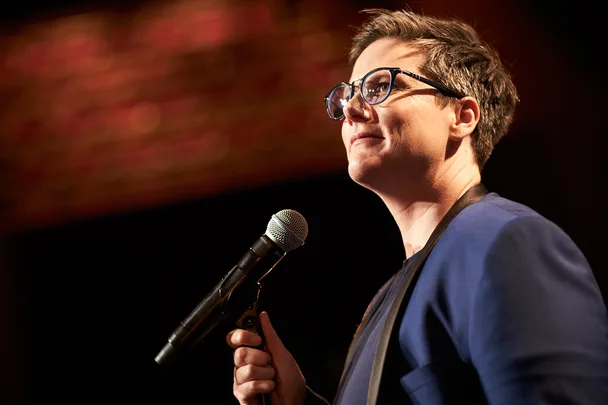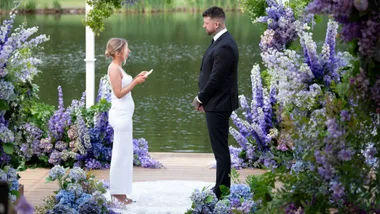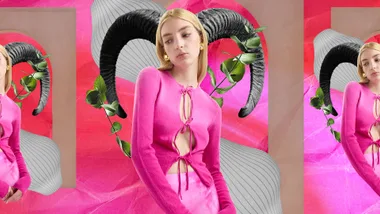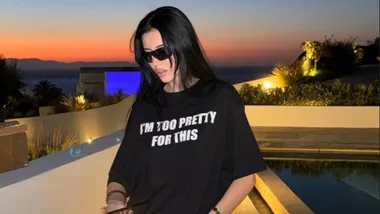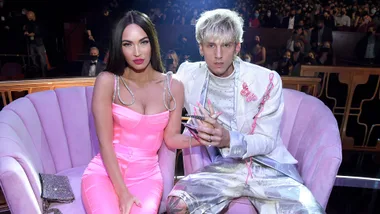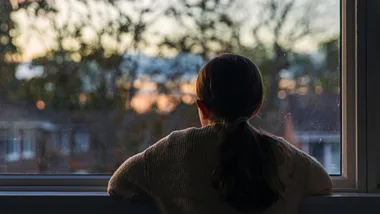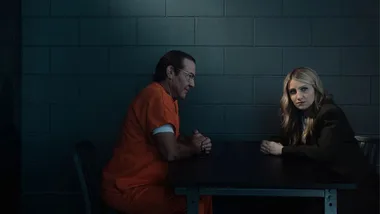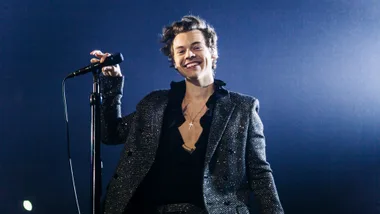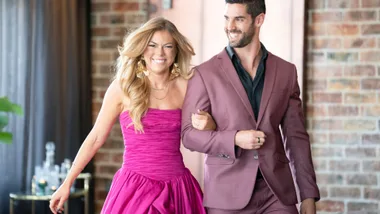You’ve likely already heard of Australian comedian Hannah Gadsby’s Netflix special, Hannah Gadsby: Nanette. In the weeks since its release, the show has been talked about worldwide: Everyone from Monica Lewinsky to Rebel Wilson to colleagues, friends and the journalists behind my favourite podcast, The High Low, have been recommending it.
That’s because Gadsby’s latest stand-up routine is anything but your regular comedy show. Instead of feeding the audience jokes, Gadsby dissects her own humour, revealing the hard truths behind her punchlines.
Granted, the first 30 minutes of the set, which was filmed live at the Sydney Opera House, does include humour – Gadsby says that despite being lesbian, she hates the gay pride flag (“It’s just six very assertive colours stacked on top of each other, no rest for the eye”) and used to wonder where the conservative gays fit in (“The mardi gras was my first introduction to my people. Gosh, don’t they love to dance and party? I used to watch it and think to myself, ‘where do the quiet gays go?”).
But eventually, the jokes dry up and Gadsby begins to talk about how she’s sick of putting herself down for a laugh. She says that, as a minority, to fit in and to be accepted she’s had to make light of the very serious and traumatic moments in her life.
Gadsby goes from laughing about how she had to leave Tasmania when she “found out she was a little bit lesbian,” to later saying that in Tasmania homosexuality was a crime until 1997 and she grew up “soaking in shame.”

“The closet for me was no easy thing to come out of. From the years 1989 to 1997, effectively my adolescence, Tasmania was at the centre of a very toxic national debate about homosexuality,” Gadsby says. “70% of the people I lived amongst believed homosexuality should be a criminal act… that homosexuals were heinous, sub-human paedophiles.”
“I sat soaking in shame in the closet for 10 years. When you soak a child in shame, they cannot develop the neurological pathways that carry [thoughts of self-worth].”
After saying she has to quit comedy, Gadsby explains: “I built a career out of self-deprecation, and I don’t want to do that anymore.”
“Because you do understand what self -deprecation means from somebody who already exists in the margins? It’s not humility. It’s humiliation.”
Gadsby continues, saying that by not telling the full truth, she had taken her trauma and fed it into humour. “Stories, unlike jokes, have three parts: a beginning, a middle and an end. But jokes only have two parts: a beginning and a middle.”
She then circles back to a story told at the beginning of the set and reveals what happened at the end. The real version – what Gadsby actually went through – is anything but a funny anecdote.
Gadsby, who earlier mocked her degree in art history, goes on to talk about how centuries of Western art has depicted women as objects. She talks about how Monica Lewinsky used to be “an easy punchline” when people instead should have been mocking “the man who abused his power.”
Gadsby’s show touched on so many points – self-depreciation in women, equality, sexual assault, being a minority in the world, and learning to love yourself.
It’ll make you laugh, it’ll make you cry, and it’ll make you want to change the world for any young person living through what Hannah Gadsby did.
